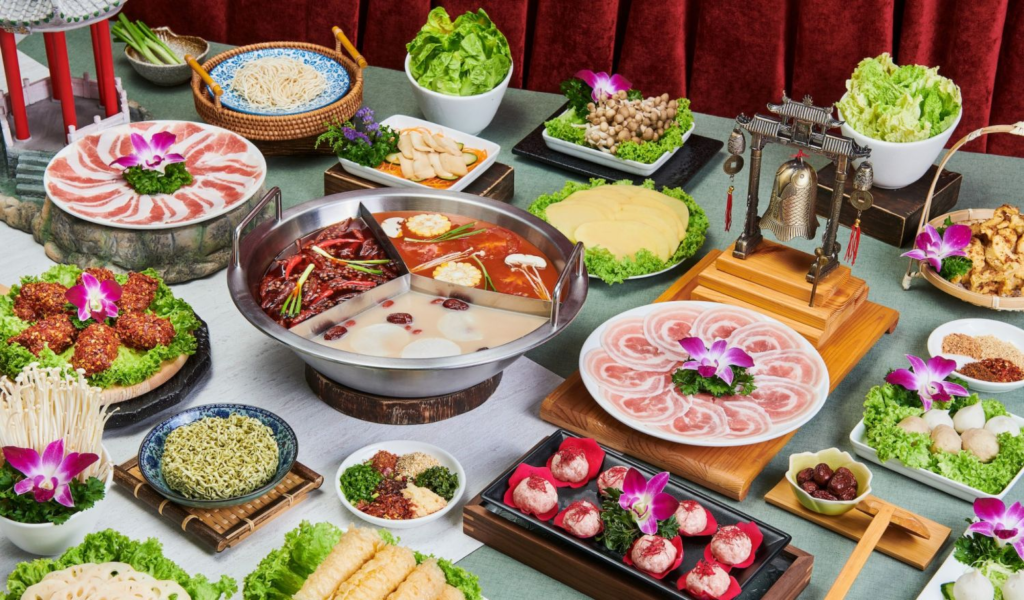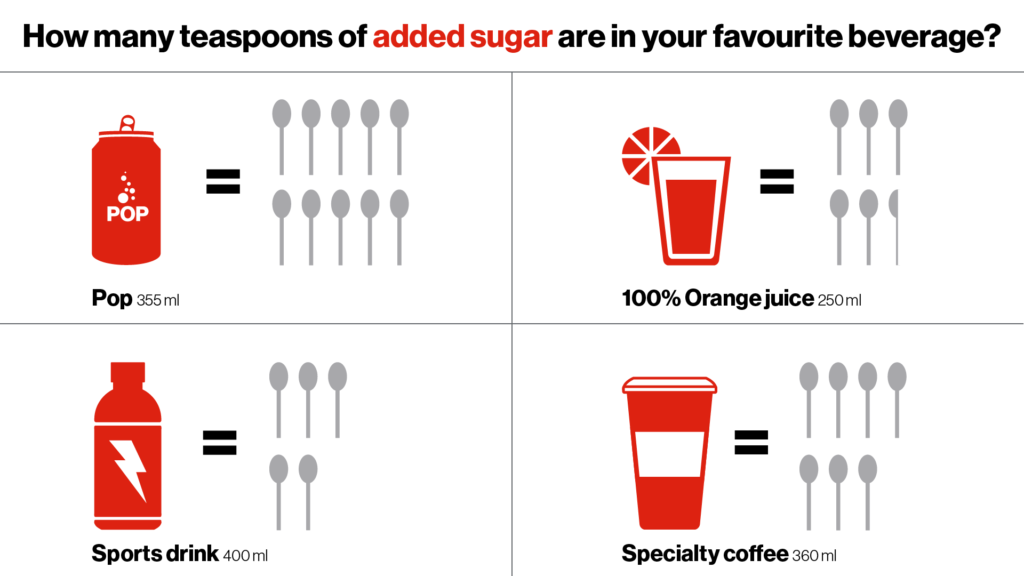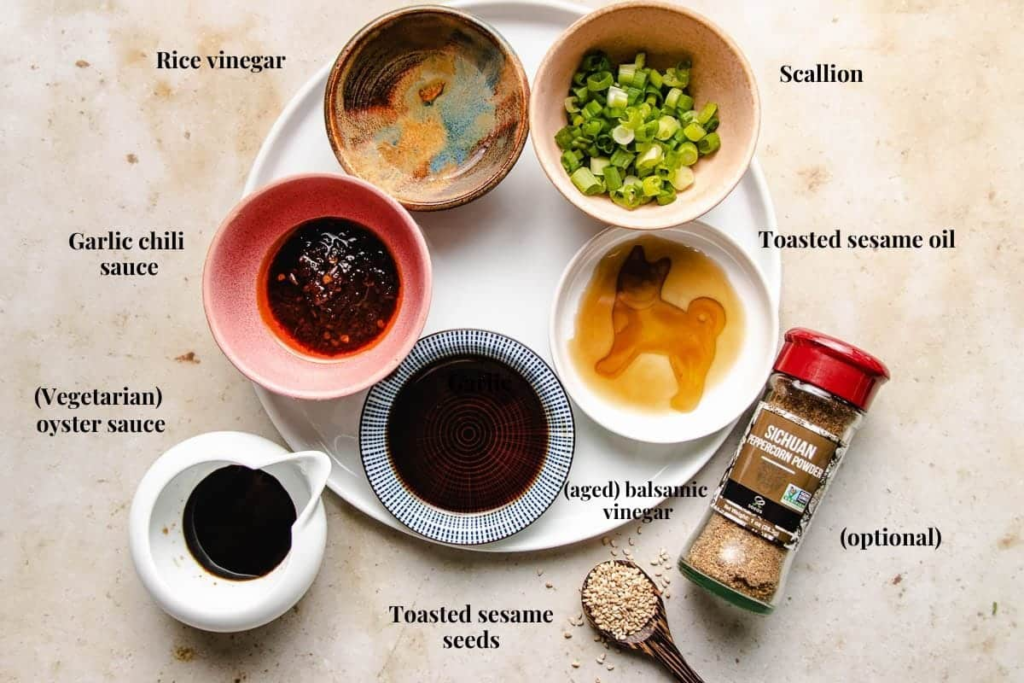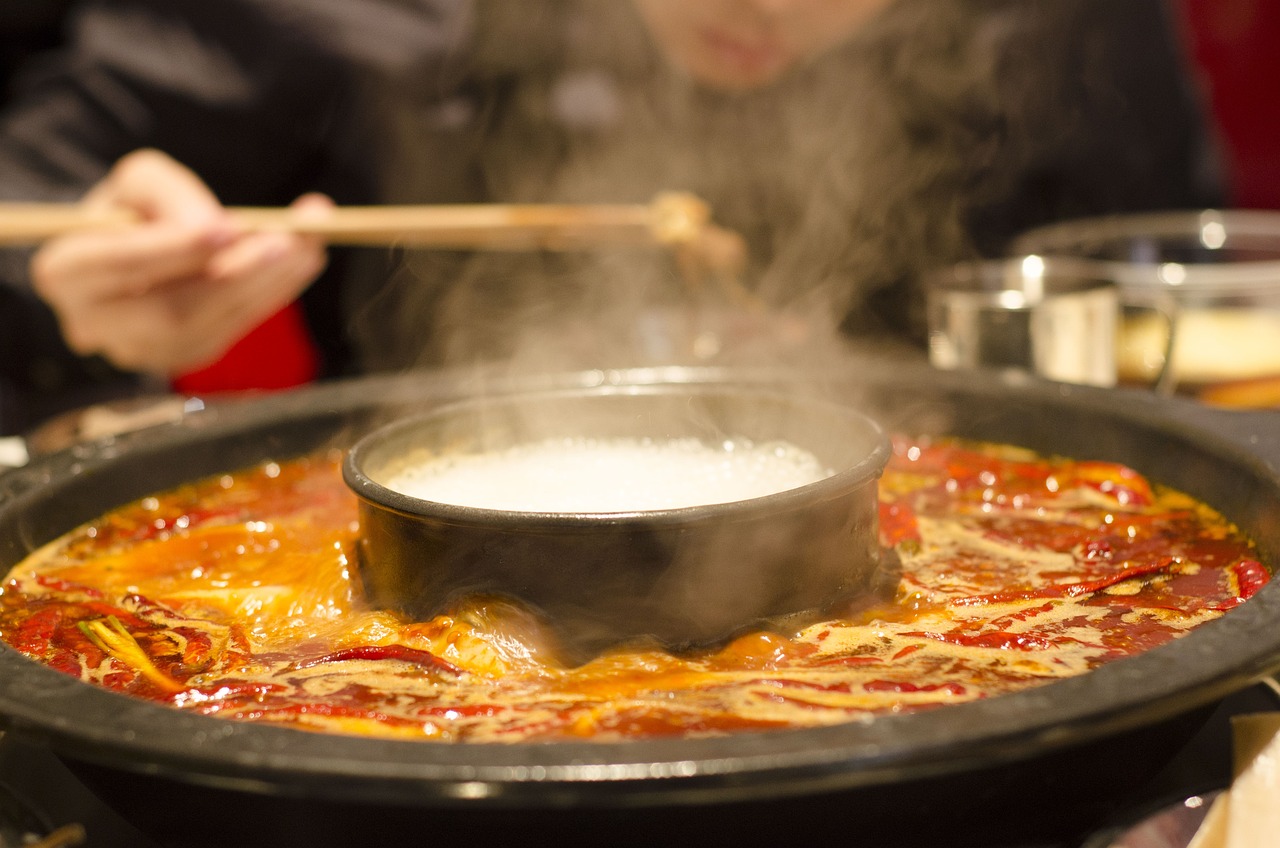Your Guide to a Healthy Hotpot

Hotpot has existed for the past 2000 years and it was introduced by the Chinese. There are a few different types of hotpot namely Sichuan style, Northern Chinese style, Korean style and Japanese style. All these different type of hotpots have different soup bases with Sichuan style having the fiery base, Northern Chinese style using a minimally flavored soup as a base, Korean using spicy sauce taste and Japanese using a sweet soy sauce based.
Yesterday, my boss treated us to a team lunch. We had hot pot and it was yummy. However, since I am not a big eater, I felt like the hotpot was pretty much a waste. I had a few fish balls, some mushrooms, a lot of meat and chose a tom yam base. I was hungry by 3pm as I did not have any carbs.

Nevertheless, I would also say, since there are so many options of sides at hotpot outlets, there is something for the bodybuilders, weightlifters, health conscious and those who want to lose weight. Here are some tips to enjoy your hotpot guilt free:
1. Choose Your Soup Base Wisely

•The secret to a great hotpot lies in the base as it flavors the food.
•The popular soup bases such as satay, curry and Sichuan chilli are the top choices among hotpot lovers but they tend to be oily and are higher in calories, fat and sodium.
•Opt for the tomato, pickled base soup and white broth soup.
2. Opt for Water

•Instead of going for the carbonated drinks, soju, cordials and juices which are the contributors for consuming extra calories, try plain water, unsweetened jasmine tea and unsweetened chrysanthemum tea.
3. Create healthy sauces and condiments

•Condiments such as chilli oil, satay, peanut and sesame sauces are calorie dense and full of fat and sodium.
•To appreciate the natural flavours of foods, create a sauce that is made with herbs such as parsley, garlic, spring onions, vinegar and soy sauce.
•If you like it spicy and hot, add chopped or crushed chilli peppers instead of chilli oil and chilli paste.
4. Eating hotpot in order

a) Go with vegetables first
•Vegetables are a source of dietary fibre, which helps to create the feeling of fullness and pace your appetite.
b) Tackle carbs next
•Carbs can also help to curb your appetite and prevent you from not overeating.
•Skip the instant noodles which are high in fat and sodium and opt for udon, vermicelli and glass noodles.
c) Save the proteins for last
•End your hotpot by eating seafood and lean meats. Shrimps, scallops, oysters, and lean meats such as chicken and fish fillets are healthier choices.
•Dumplings, wantons and fish balls are your next best options.
•Don’t have too many slices of beef, fish skin, animal organs, lamb and luncheon meats as they are higher in calories and fats.
•Vegetarian options such as tofu and fresh bean curd are perfect for those wanting to choose foods that provide lower calories and/or for those who are vegetarians and vegans.
All in all, have a delightful hotpot and choose well.







